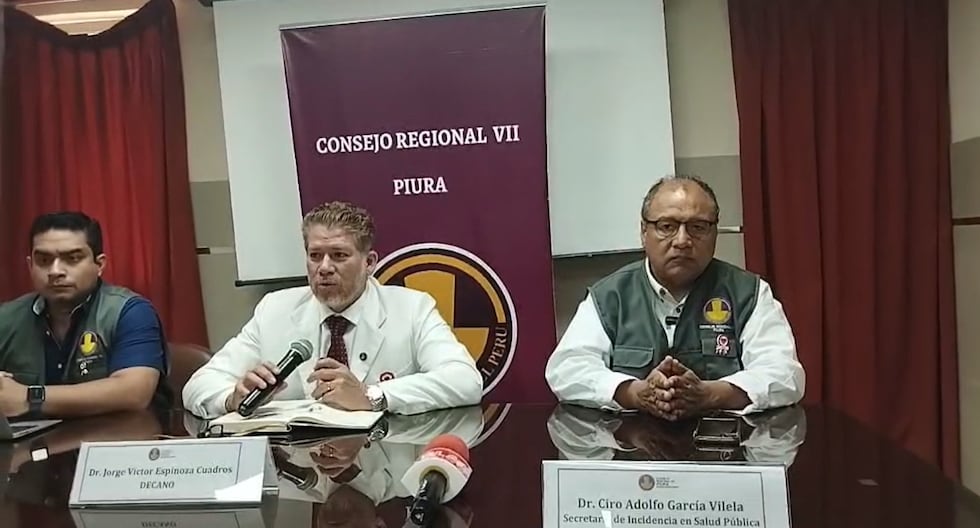Angelica Enciso L.
The newspaper La Jornada
Thursday, July 25, 2024, p. 13
The Sustainable Development Goal of reaching zero hunger
by 2030 is a long way off. Around 733 million people will be hungry in 2023 – that is, one in 11 people in the world – and access to a healthy diet in Latin America and the Caribbean is more expensive than in other regions, requiring $4.56 a day.
This is what the report points out The State of Food Security and Nutrition in the World (SOFI), published by five specialized agencies of the United Nations, and warns that the world has gone back 15 years, to levels of undernourishment comparable to 2008 and 2009.
For three consecutive years, there has been stagnation, with between 713 and 757 million people undernourished last year, nearly 152 million more than in 2019, if the average range of 733 million is considered. It points out that the percentage of the population suffering from hunger continues to increase in Africa and shows progress in Latin America.
If current trends continue, 582 million people will be chronically undernourished by 2030, half of them in Africa, according to the report by the United Nations agencies for Food and Agriculture (FAO), Agricultural Development (IFAD), Health (WHO), the World Food Programme (WFP) and the Children’s Fund (UNICEF).
Food prices rose during 2022, with the average cost of a healthy diet rising internationally to $3.96 purchasing power parity (PPP) per person per day from $3.56 PPP in 2021. The disruptions resulting from the Covid-19 pandemic and the war in Ukraine contributed to a significant increase in international food and energy prices, exacerbating inflationary pressures.
indicates.
It says that in 2023, around 2.33 billion people in the world were facing moderate or severe food insecurity, a figure that has not changed significantly since the sharp spike in 2020 amid the COVID-19 pandemic. Of these, around 864 million experienced going without food for a full day or longer.
This figure has remained stubbornly high since 2020, and while Latin America is showing improvements, broader challenges persist, especially in Africa, where 58 percent suffer from moderate or severe food insecurity.













